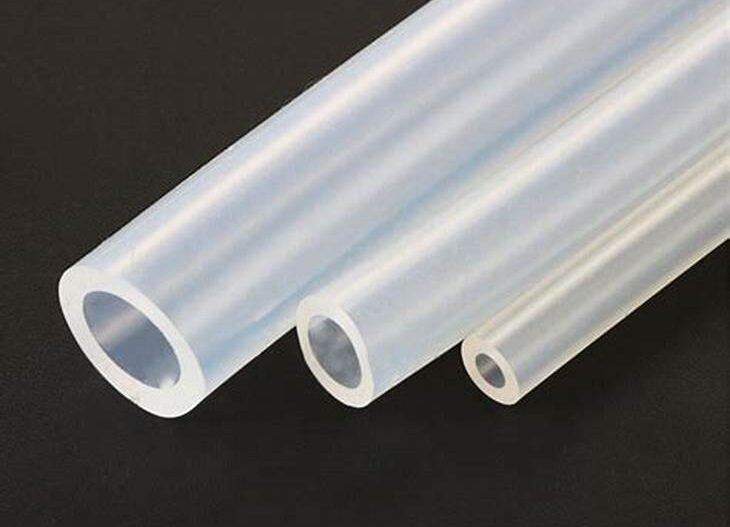What is Fep Tube?
An FEP tube, stands for Fluorinated Ethylene Propylene tube, is a thin-walled, flexible conduit crafted from FEP resin. Renowned for its exceptional transparency, FEP tubes permit more than 90% of light to pass through, making them invaluable in applications requiring pristine clarity. FEP tubes come in a range of sizes to suit different needs. They are available in various thicknesses, including 0.5 mm, 0.75 mm, 1 mm, and 1.5 mm, catering to specific requirements. FEP tubes typically come in continuous lengths of 25, 50, and 100 meters.
Benefits of FEP Tubing Over Other Materials
Fluoropolymer tubing, such as FEP tubing, provides various benefits over other materials. Tetrafluoroethylene (TFE) and hexafluoropropylene (HFP) are copolymers that make up fluorinated ethylene propylene (FEP). FEP tubing shares some characteristics with PTFE tubing, sometimes referred to as Teflon tubing, but there are also some few differences.
FEP tubing’s affordability is one of its key advantages. FEP tubing can be made using standard melt-processing procedures, as opposed to PTFE tubing, which needs specialized processes like paste extrusion or ram extrusion FEP tubing also requires less material to perform as well as PTFE tubing since it has a lower specific gravity and a higher yield strength.
The transparency of FEP tubing offers a added advantage. FEP tubing is ideal for applications that require for fluid visibility and flow control monitoring because it has excellent optical clarity and UV transmission. FEP tubing is resistant to exposure to chemicals, solvents, acids, bases, and ozone. It can withstand high temperatures of up to 204°C (400°F) and low temperatures of -200°C (-328°F), as well as extreme temperature changes.

FEP tubing is widely used in many applications across industries including:
Composition and Characteristics of FEP Tubing
FEP tubing is appropriate for catheters, drug delivery devices, blood transfusion devices, bioreactors, sterilization equipment, and diagnostic instruments in the medical and pharmaceutical industries. FEP tubing is biocompatible, non-toxic, non-flammable, and easy to clean.
Affordability and Manufacturing Process
FEP tubing is utilized in the chemical and petrochemical industries for fluid handling, sampling, analysis, transfer, and injection systems in corrosive environments. FEP tusing can withstand high pressures and temperatures.
Transparency and Optical Clarity
Food and beverage applications: FEP tubing complies with FDA, USP Class VI, and NSF requirements. FEP tubing has no taste, no odor, is nonstick, and is non absorbent.
Chemical Resistance and Temperature Tolerance
FEP tubing is an excellent insulator and dielectric material for wires, cables, connections, sensors, and components in the electrical and electronic fields. Low dielectric constant, high breakdown voltage, low dissipation factor, and high surface resistivity are all characteristics of FEP tubing.
Versatile Applications Across Industries
Automotive and Aerospace sectors both use FEP tubing for coolant, brake, and fuel lines as well as hydraulic and pneumatic systems. Extreme pressures, heat, vibrations, and abrasions can all be handled with FEP tubing.
FEP tubing is a functional fluoropolymer that provides an affordable substitute for PTFE tubing. FEP tubing is a dependable option for many applications thanks to its high performance, sturdiness, transparency, and compatibility with different fluids and situations. Visit aftubes.com to find out more about FEP tubing and its specs.


+91 7028773123

contact@aftubes.com
